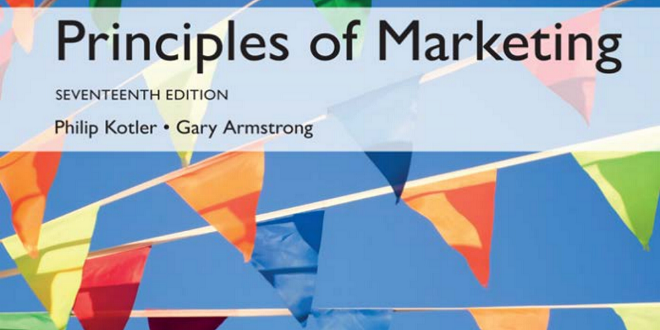What Is Marketing?
What makes a business idea work? Does it only take money? Why are some products a huge success and similar products a dismal failure? How was Apple, a computer company, able to create and launch the wildly successful iPod, yet Microsoft’s first foray into MP3 players was a total disaster? If the size of the company and the money behind a product’s launch were the difference, Microsoft would have won. But for Microsoft to have won, it would have needed something it’s not had in a while—good marketing so it can produce and sell products that consumers want. So how does marketing get done?
Defining Marketing
Marketing is defined by the American Marketing Association as “the activity, set of institutions, and processes for creating, communicating, delivering, and exchanging offerings that have value for customers, clients, partners, and society at large.” [1] If you read the definition closely, you see that there are four activities, or components, of marketing If the four Ps are the same as creating, communicating, delivering, and exchanging, you might be wondering why there was a change.
The answer is that they are not exactly the same. Product, price, place, and promotion are nouns. As such, these words fail to capture all the activities of marketing. For example, exchanging requires mechanisms for a transaction, which consist of more than simply a price or place. Exchanging requires, among other things, the transfer of ownership.
For example, when you buy a car, you sign documents that transfer the car’s title from the seller to you. That’s part of the exchange process. Even the term product, which seems pretty obvious, is limited. Does the product include services that come with your new car purchase (such as free maintenance for a certain period of time on some models)? Or does the product mean only the car itself? Finally, none of the four Ps describes particularly well what marketing people do. However, one of the goals of this book is to focus on exactly what it is that marketing professionals do
Creating Offerings That Have Value
Marketing creates those goods and services that the company offers at a price to its customers or clients. That entire bundle consisting of the tangible good, the intangible service, and the price is the company’s offering. When you compare one car to another, for example, you can evaluate each of these dimensions—the tangible, the intangible, and the price—separately. However, you can’t buy one manufacturer’s car, another manufacturer’s service, and a third manufacturer’s price when you actually make a choice.
Together, the three make up a single firm’s offer. Marketing people do not create the offering alone. For example, when the iPhone was created, Apple’s engineers were also involved in its design. Apple’s financial personnel had to review the costs of producing the offering and provide input on how it should be priced.
Apple’s operations group needed to evaluate the manufacturing requirements the iPhone would need. The company’s logistics managers had to evaluate the cost and timing of getting the offering to retailers and consumers. Apple’s dealers also likely provided input regarding the iPhone’s service policies and warranty structure. Marketing, however, has the biggest responsibility because it is marketing’s responsibility to ensure that the new phone delivers value. Creating and managing offerings will be the focus of Chapter 5 “Market Segmenting, Targeting, and Positioning” and Chapter 6 “Creating Offerings” in this book.
Communicating Offerings
Communicating is a broad term in marketing that means describing the offering and its value to your potential and current customers, as well as learning from customers what it is they want and like. Sometimes communicating means educating potential customers about the value of an offering, and sometimes it means simply making customers aware of where they can find a product. Communicating also means that customers get a chance to tell the company what they think.
Today companies are finding that to be successful, they need a more interactive dialog with their customers. For example, Comcast customer service representatives will watch consumer Web sites like Twitter.
When they observe consumers “tweeting” (posting) problems with Comcast, the customer service reps will post resolutions to their problems. Similarly, JCPenney has created consumer groups that talk among themselves on JCPenney-monitored Web sites. The company might post questions, send samples, or engage in other activities designed to solicit feedback from customers.
Delivering Offerings
Marketing can’t just promise value, it also has to deliver value. Delivering an offering that has value is much more than simply getting the product into the hands of the user; it is also making sure that the user understands how to get the most out of the product and is taken care of if he or she requires service later. Value is delivered in part through a company’s supply chain.
The supply chain includes a number of organizations and functions that mine, make, assemble, or deliver materials and products from a manufacturer to consumers. The actual group of organizations can vary greatly from industry to industry, and include wholesalers, transportation companies, and retailers. Logistics, or the actual transportation and storage of materials and products, is the primary component of supply chain management, but there are other aspects of supply chain management that we will discuss later.
 Naa Songs
Naa Songs




